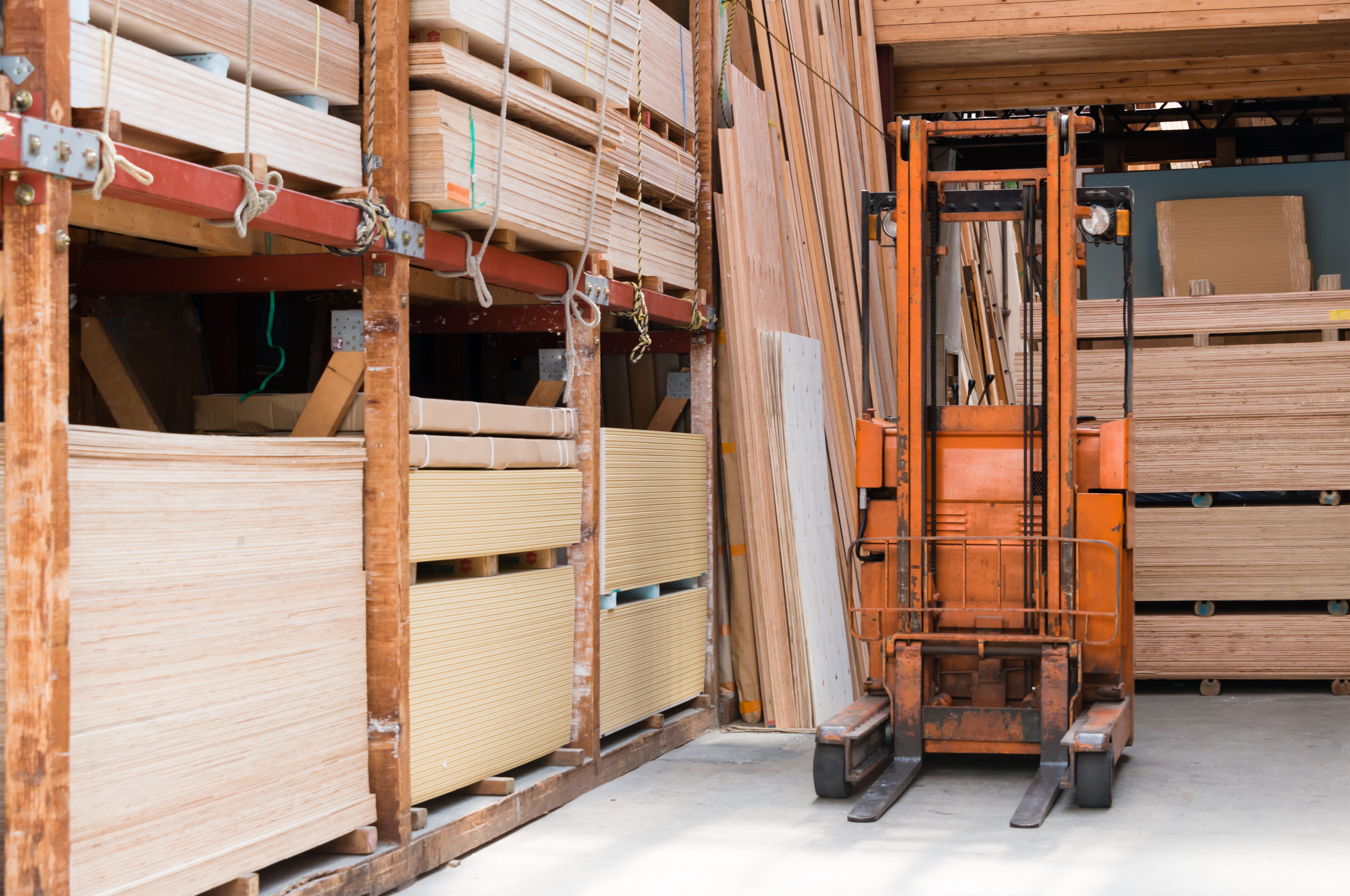What You Should Know About Changes in the Wood Market
Read the featured articleAfter years of falling behind steel, concrete, and plastic for building, wood is making a comeback. From 2000 to 2019, forest export products saw a 68% increase and thanks to the DIY trend boosted by the COVID-19 pandemic, wood products are estimated to continue gaining popularity.
However, the pandemic is just one of the reasons that the wood market is skyrocketing; in this article, we’ll explore the two main factors driving the growth of the wood market: supply and demand.

Global Demand
Although the pandemic meant that many people had more time on their hands to renovate, explore new hobbies, and try new things, it also signaled a large shift in the way American families live. Due to lockdowns and restrictions, remote working became a way of life and many realized they don’t need to live in a big city or near their workplace. This trend led many to leave cities and urban areas in favor of more rural, suburban areas where bigger houses, cheaper living, and peacefulness are valued. Other families who chose to stay in their current homes took advantage of the time to build home office additions or outdoor spaces. All of these decisions meant that the demand for wood skyrocketed, making it a valuable resource that will continue to play a large role as the world recovers from the pandemic.
Global Supply
As the demand for wood and lumber products took off during 2020, the supply of wood was stretched thin to meet said demand. When global restrictions came into effect in the spring of 2020, it spurred a race of supply vs. demand that the supply chain is still working to recover from. In addition, due to global restrictions and limitations on cross-border movements, imports were limited, and the American market struggled to keep up with the growing demand. However, European plywood is the perfect solution for this supply issue: European lumber production is expected to grow by 3.2 million m3 in 2021.
Currently in the United States, wood production is at the highest it's been in 13 years. Although the pandemic spurred an unprecedented and unforeseen jump in the demand for wood products, the race to meet that demand must be carefully designed. From the ever important ecological and sustainable point of view, a desperate attempt to match the demand could mean the reckless use of natural resources and render valuable plantations and forests useless for the next harvest. What does this mean? Well, we must be very cautious and deliberate in our use of wood. Even if demand remains high over the next few years, a sustainable management of the plantations that is aligned with sustainable development goals will ensure that the use of forests remains at an environmentally conscious level.

Wood is becoming one of the most demanded and recommended raw materials for a healthy and environmentally friendly home. However, the demand for rural homes and renovations may stay constant even as the world recovers from the pandemic, and that’s why it’s so important to sustainably use the natural resources that we have. At Garnica, we are committed to the sustainable use of wood and raw materials to ensure the future of our planet and the high-quality products that we have supplied over the years and will continue to supply. Check out our website on sustainability to learn more about our dedication to sustainable wood.
